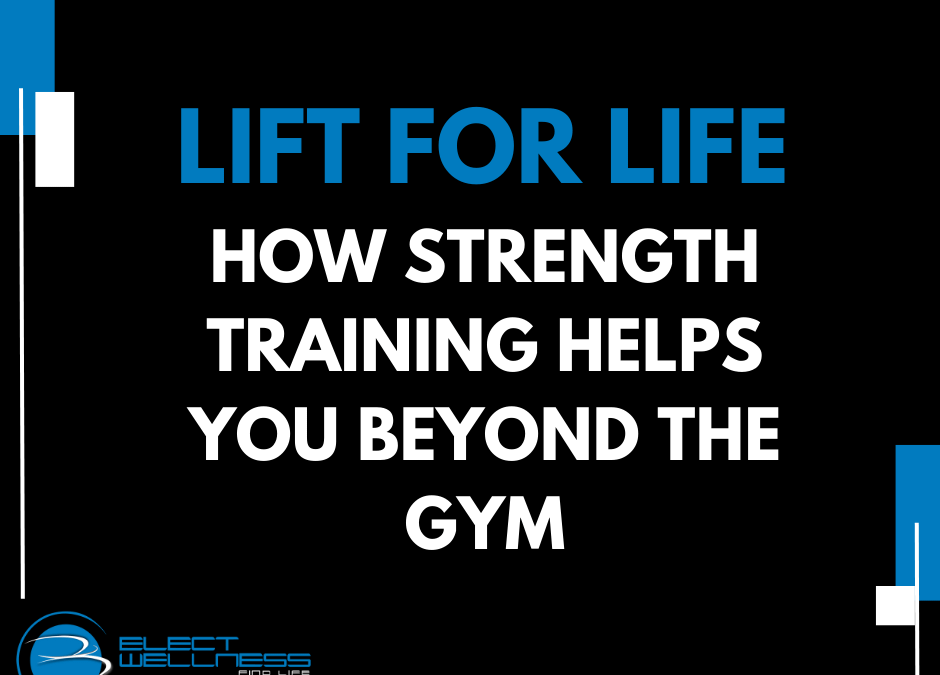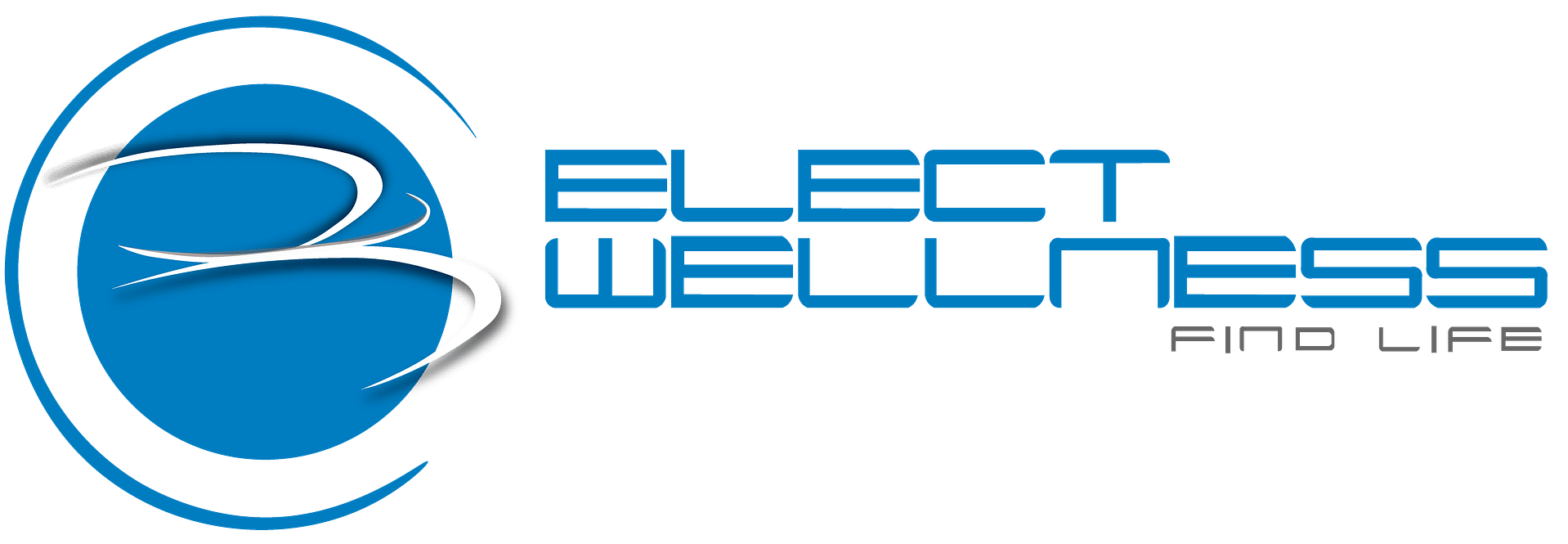
Lift for Life: How Strength Training Helps You Beyond the Gym

As coaches who have seen many people benefit from weightlifting in a variety of ways, we can tell you that strength training goes far beyond building muscle or preparing for athletic competitions. While most envision bodybuilders or athletes when they think of weightlifting, the truth is that it offers practical benefits for everyone. Incorporating strength training into your routine can improve your overall physical abilities, making everyday tasks easier and less physically taxing. Whether it’s lifting groceries, climbing stairs, or maintaining good posture, weightlifting strengthens your body in ways that enhance your daily life.
Here’s how lifting weights can enhance your daily life:
1. Increased Strength for Functional Movements
Functional movements (such as bending, lifting, pushing, and pulling) are integral to daily activities. Think about carrying groceries, lifting your child, or moving furniture. These actions require both strength and stability. By training with weights, you’re enhancing the muscles used in these movements, making them easier and less likely to result in injury.
Exercises like deadlifts, squats, and presses mimic these everyday motions, helping you build strength that’s directly applicable to real-life situations. With increased strength, you’ll find yourself more capable of performing daily tasks without the strain or fatigue you may have experienced before.
2. Improved Posture and Joint Stability
Weightlifting isn’t just about building muscle, it also strengthens your joints and improves posture. In our modern world, many people suffer from poor posture due to prolonged sitting, hunching over desks, or using electronic devices. Poor posture can lead to back pain, stiffness, and even long-term health issues.
Strength training helps to correct imbalances in your muscles, particularly in your core, back, and shoulders. Exercises that focus on core stability, such as planks and rows, reinforce the muscles that help you stand tall and move efficiently. Over time, this leads to better alignment, reducing the risk of chronic pain and discomfort.
3. Enhanced Bone Health
As we age, our bone density naturally decreases, leading to conditions like osteoporosis. One of the best ways to combat this is through weight-bearing exercises. Lifting weights puts stress on your bones, stimulating bone growth and improving overall density.
For everyday life, this means a reduced risk of fractures and a stronger, more resilient body that can better handle the physical demands of daily activities, such as walking, climbing stairs, or even gardening.
4. Boosted Metabolism and Energy Levels
Lifting weights doesn’t just build muscle, it also increases your metabolism. Muscle tissue burns more calories at rest than fat tissue, so the more muscle you build, the more calories your body burns throughout the day. This can lead to improved weight management and higher energy levels, helping you feel more vibrant and active during daily tasks.
Whether you’re chasing after kids, working a physically demanding job, or simply looking to maintain your energy levels throughout the day, strength training can offer a noticeable boost in stamina.
5. Reduced Risk of Injury
Injuries often occur when your body is not equipped to handle certain movements or loads. By lifting weights, you’re not only strengthening your muscles but also enhancing your balance, coordination, and flexibility. This translates into a more stable body that is better prepared for the unexpected, whether it’s catching yourself from tripping or handling a sudden heavy load.
Additionally, weightlifting helps reinforce your connective tissues, tendons, and ligaments, making them more resilient to the wear and tear of daily activities. This means fewer aches and pains, and a lower risk of injury from repetitive stress or sudden movements.
6. Mental Health and Confidence
The benefits of lifting weights aren’t solely physical. There are mental and emotional perks as well. Engaging in strength training releases endorphins, which can elevate your mood, reduce stress, and combat anxiety. Plus, as you start to see improvements in your physical strength and abilities, you’ll likely feel a boost in confidence and self-esteem.
This mental resilience can translate to everyday life by helping you tackle challenges with a more positive mindset. You’ll also find a sense of accomplishment in knowing that your body is stronger, healthier, and more capable of handling whatever life throws at you.
If you are interested in learning more about the benefits of exercise for children, check out some of the incredible cognitive benefits of exercise for kids.
Lifting weights offers far more than aesthetic benefits; it prepares your body for the rigors of everyday life. By building strength, improving posture, enhancing bone density, and boosting metabolism, weight training helps make daily tasks easier, reduces your risk of injury, and promotes overall health and well-being.
So, whether you’re a busy parent, an office worker, or someone looking to maintain an active lifestyle as you age, lifting weights can be a valuable tool to help you move through life with strength and confidence.

Thomas C. Jensen is an exercise physiologist, nutritionist, and a nationally certified personal trainer through both the National Strength and Conditioning Association and the National Academy of Sports Medicine. He is a summa cum laude graduate of Harding University and a member of the Alpha Chi National Honor Society. As a wellness speaker and franchisor, he has shared his expertise in health and fitness with diverse audiences. He has been professionally training and consulting clients of all ages and backgrounds, for both health and human performance, for over 20 years. In March of 2004, he launched Elect Wellness, a thriving home-delivered personal training and nutrition coaching company, which has since expanded into an effective franchise system.





































